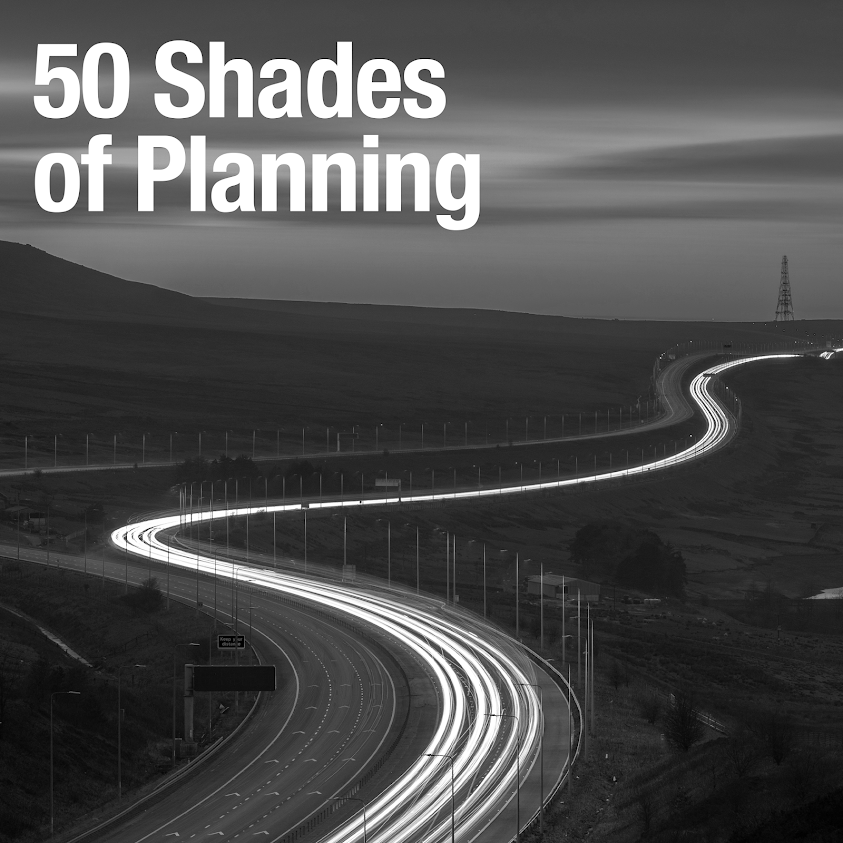The failure of a High
Court challenge to the rejection of planning permission for a 1,400-home development at Coalville received some coverage last month, but most it (like this piece: http://www.planningresource.co.uk/article/1216286/developers-lose-legal-challenge-1400-home-leicestershire-scheme) missed the real significance of the decision.
Paragraph 49 of the NPPF states that:
Housing applications should be considered in the context of the presumption in favour of sustainable development. Relevant policies for the supply of housing should not be considered up-to-date if the local planning authority cannot demonstrate a five-year supply of deliverable housing sites.
It had been widely interpreted that relevant policies for the supply of housing included both those that supported housing, e.g. requirements and land allocations, and those that restricted housing, e.g. settlement boundaries and policies of restraint.
Mrs Justice Lang concludes though, at paragraph 47 of a written judgement, that:
The Claimants sought to argue that Policy E20 should have been treated as one of the "[r]elevant policies for the supply of housing" within the meaning of NPPF, paragraph 49 because the restriction on development potentially affects housing development. I do not consider that this is a correct interpretation of paragraph 49. Paragraph 49 is located in the section of the NPPF dedicated to housing and it refers to policies for "the supply of housing", of which there are many in local, regional and national plans. It was agreed that the housing policies in the Development Plan in this case, were out-of-date by virtue of paragraph 49 (see the DL, paragraph 22). However Policy E20 does not relate to the supply of housing, and therefore is not covered by paragraph 49. I was shown numerous Inspector’s decisions in which paragraph 49 had been applied but these were distinguishable from this case because the policies related specifically to housing. There were a couple of exceptions, but insofar as Inspectors have applied paragraph 49 to policies which did not relate to housing, I respectfully suggest that they did so in error. In my view the implementation provisions in Annex 1 govern policies which are not specifically related to housing, not paragraph 49.
This judgement, which is understood will not be challenged, means that the absence of a five-year supply does not immediately render policies of restraint out-of-date. The practical implication is that when considering the planning merits of applications where there is no five-year supply the starting point has now to be that polices of restraint continue to have weight unless other changes in circumstances or material considerations other than five-year land supply may render them out-of-date.
Paragraph 49 of the NPPF states that:
Housing applications should be considered in the context of the presumption in favour of sustainable development. Relevant policies for the supply of housing should not be considered up-to-date if the local planning authority cannot demonstrate a five-year supply of deliverable housing sites.
It had been widely interpreted that relevant policies for the supply of housing included both those that supported housing, e.g. requirements and land allocations, and those that restricted housing, e.g. settlement boundaries and policies of restraint.
Mrs Justice Lang concludes though, at paragraph 47 of a written judgement, that:
The Claimants sought to argue that Policy E20 should have been treated as one of the "[r]elevant policies for the supply of housing" within the meaning of NPPF, paragraph 49 because the restriction on development potentially affects housing development. I do not consider that this is a correct interpretation of paragraph 49. Paragraph 49 is located in the section of the NPPF dedicated to housing and it refers to policies for "the supply of housing", of which there are many in local, regional and national plans. It was agreed that the housing policies in the Development Plan in this case, were out-of-date by virtue of paragraph 49 (see the DL, paragraph 22). However Policy E20 does not relate to the supply of housing, and therefore is not covered by paragraph 49. I was shown numerous Inspector’s decisions in which paragraph 49 had been applied but these were distinguishable from this case because the policies related specifically to housing. There were a couple of exceptions, but insofar as Inspectors have applied paragraph 49 to policies which did not relate to housing, I respectfully suggest that they did so in error. In my view the implementation provisions in Annex 1 govern policies which are not specifically related to housing, not paragraph 49.
This judgement, which is understood will not be challenged, means that the absence of a five-year supply does not immediately render policies of restraint out-of-date. The practical implication is that when considering the planning merits of applications where there is no five-year supply the starting point has now to be that polices of restraint continue to have weight unless other changes in circumstances or material considerations other than five-year land supply may render them out-of-date.

Comments
Post a Comment